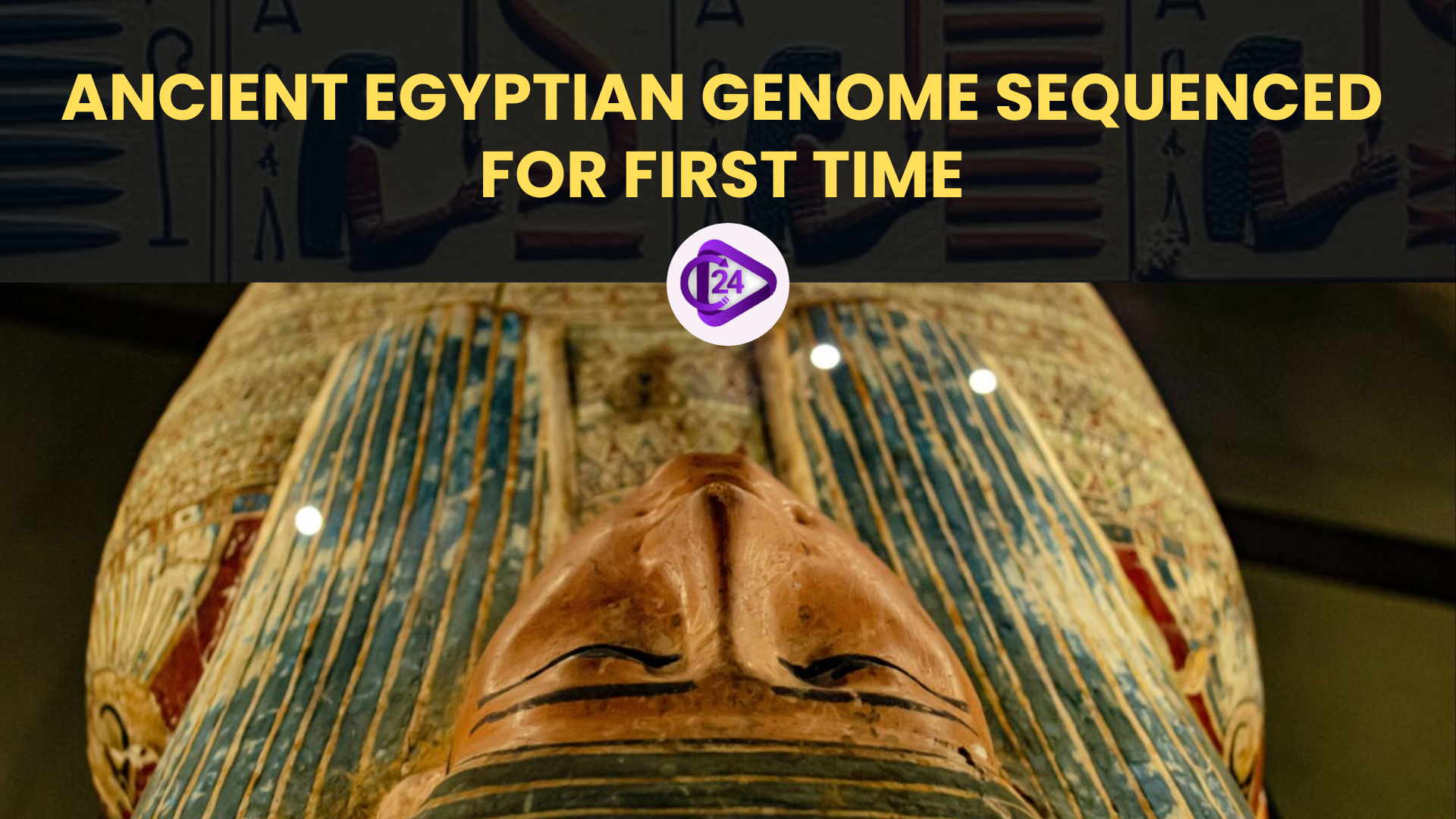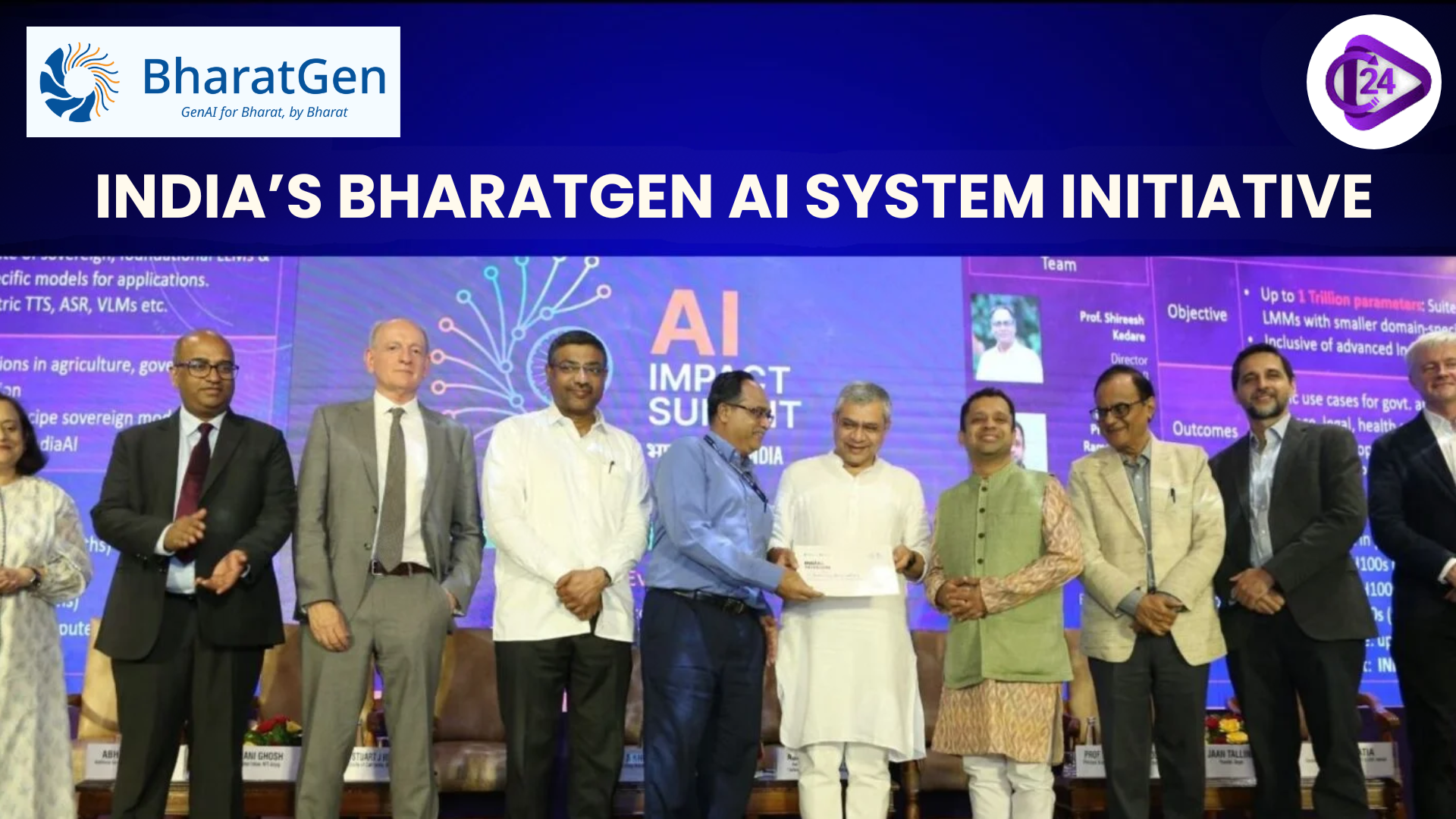
This is the first time that a whole genome of an ancient Egyptian was sequenced, who lived about 4,500-4800 years ago, in the Old Kingdom era. It is the oldest and most complete DNA ever recovered in an Egyptian, extracted from a person buried in a ceramic pot in a rock-cut tomb in Nuwayrah in the south of Egypt. This is a person whose family origin was mainly that of North Africa with limited connections to ancient Mesopotamian farmers. The results give insight to the ancestral heritage and preservation techniques of the civilizations of ancient Egypt. On July 2, the research was posted in the journal Nature.
Context
-
The oldest complete genome study of a male Egyptian mummy, dated to 4,500 years ago showed largely North African ancestry with a Mesopotamian component.
-
DNA was most possibly well conserved by burial conditions in such harsh climate of Egypt.
Key Points
Discovery context and Burial
-
Location: Nuwayrat, 265 km south of Cairo
-
Burial Style: The body laid in a large ceramic pot in rock-cut tomb
-
Dating Third to Fourth Dynasties (Old Kingdom, 4,500-4,800 years ago)
-
Age of death: 44-64 years
-
Predicted Traits: Brown hair, brown eyes, dark to black skin color, 157 and 160 cm of height
Genetic Findings
-
78% Ancestry: Prehistoric North Africa (Neolithic Morocco)
-
22% Ancestry: Early Fertile Crescent farmers (Mesopotamia)
-
Evolvable genetic southward movement by way of Levantine populations (Israel, Syria, Jordan)
Aspects of Scientific and Technological dimension
-
DNA source: Root tips of teeth- the best to store
-
Preservation Factors: Such grave salutations as pot burial and rock-cut tomb due to stable micro-environment despite external heat
-
Significance: the most complete and oldest sequenced ancient Egyptian genome
Implications
-
Illuminates demography and social dynamics in North Africa and West Asia.
-
Offers archaeogenetic implications regarding burials, and the flow of genes in prehistoric societies.
-
Illustrates the relationships between burial environment and preservation practices and the achievement of DNA in archaeology.
What is Ancient DNA (aDNA)?
-
An ancient DNA (aDNA) is a genetic material derived out of ancient biological remains such as bones, teeth or frozen tissues.
-
It provides clues into the ancestry of humanity, migration, the patterns and course of diseases, and the development of evolution.
Value of aDNA in India
-
Assists in the reconstruction of the ancient genetic background of populations.
-
throws some light on Indus Valley Civilization, Aryan migration, Dravidian ancestry and tribal origins.
-
Combines archaeology, history and genomics to make evidence based conclusions.
Important India Human Ancient DNA Studies
1. Rakhigarhi Study (Indus Valley Civilization)- 2019
-
Journal: Cell (September 2019)
-
Directed by: Deccan College, Pune & Harvard Medical School
-
Sample: 4,600-year-old female skeleton of a person excavated in Rakhigarhi, Haryana
-
Findings:
-
The steppe pastoralists (Aryan) were not the ancestral roots of IVC.
-
The nearest contemporary genetic connection: South Asians, specifically Dravidians and a certain amount of tribal people.
-
Indicates that there must have been a pre-Indo-European continuity genetic contribution in the sub-continent.
-
2. DNA Analysis of Roopkund Skeletons (2020)
-
Publication date: August 2020 2020, Nature Communications
-
Sample: 38 roopkund lake skeletons, Uttarakhand
-
Findings:
-
There are two genetically different groups:
-
One of the South Asian (800 CE)
-
The other one is a specimen of the eastern Mediterranean (Greek/Crete, c. 1800 CE)
-
The traces of several migration acts or pilgrimages during centuries
-
-
3. Projects of BSIP (Birbal Sahni Institute of Palaeosciences)
-
Focus: Prehistoric and protohistoric pre human and animal DNA study Prehistoric, Prehistoric Ancient animal DNA Prehistoric
-
Locations: Mehrgarh, Dholavira, Sanauli and so on
-
Partnerships with ICMR and AIIMS to combine paleogenetics to the study of diseases and health werden
4. Megalithic Burials DNA Analysis
-
Districts: Andhra Pradesh, Karnataka, Tamil Nadu
-
Current work in seeking tribal origin and descent and relationship with Aboriginal first speakers of dravidian
Problems of Ancient DNA Research in India
-
DNA in hot and humid climates decays very fast
-
Historically, poor protocols of excavation preservation
-
Moral and ethical issues of testing human remains
-
Few centers of expertise in aDNA (but this is getting better)
Conclusion
The arranging of the 4,500-year-old archaic Egyptian genome is one of the biggest steps forward in archaeogenetics, which is a rare chance to see inside the roots, routine, and dialogs of the early cultures. It demonstrates the capabilities of scientific preservation methods of extreme climates as well.




 IIT Madras Launches IITM Global, World’s First Multinational IIT
IIT Madras Launches IITM Global, World’s First Multinational IIT VoxelGrids Launches India’s First Made-in-India MRI Scanner: A Breakthrough in Medical Imaging
VoxelGrids Launches India’s First Made-in-India MRI Scanner: A Breakthrough in Medical Imaging ISRO's LVM3-M6 Mission: Launching the Heaviest Satellite from Indian Soil
ISRO's LVM3-M6 Mission: Launching the Heaviest Satellite from Indian Soil Indian Coast Guard Inducts First Pollution Control Vessel Samudra Pratap
Indian Coast Guard Inducts First Pollution Control Vessel Samudra Pratap ISRO to launch U.S. satellite on December 24
ISRO to launch U.S. satellite on December 24 Google’s Project Suncatcher Aims to Scale AI Data Centres in Space
Google’s Project Suncatcher Aims to Scale AI Data Centres in Space India's First Hydrogen-Powered Train Coach Successfully Tested at ICF Chennai
India's First Hydrogen-Powered Train Coach Successfully Tested at ICF Chennai India’s BharatGen AI System Initiative
India’s BharatGen AI System Initiative IIA Marks 10 Years of UVIT Operations on AstroSat
IIA Marks 10 Years of UVIT Operations on AstroSat PM Modi to Launch Skyroot’s Multi-Launch Vehicle Facility
PM Modi to Launch Skyroot’s Multi-Launch Vehicle Facility






